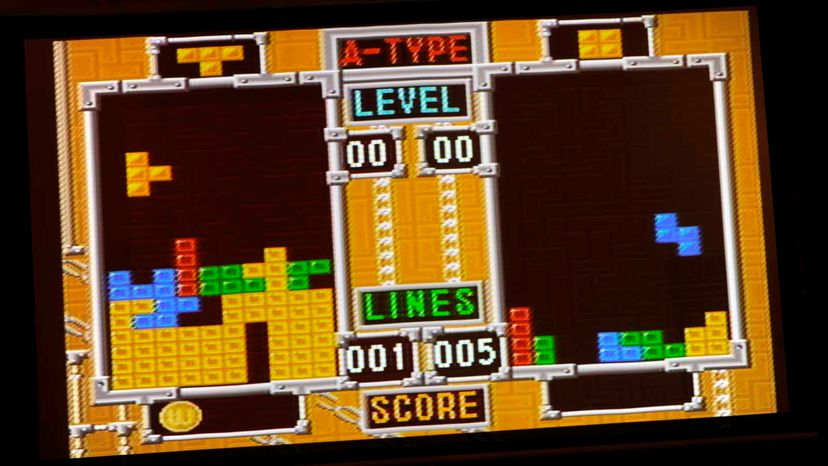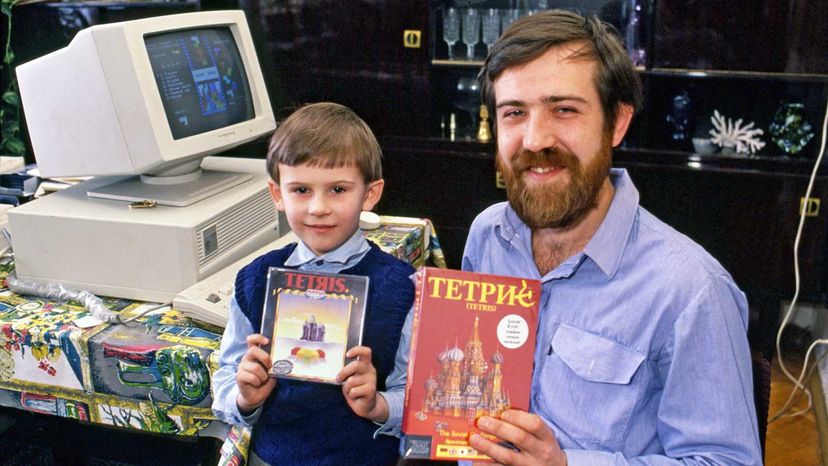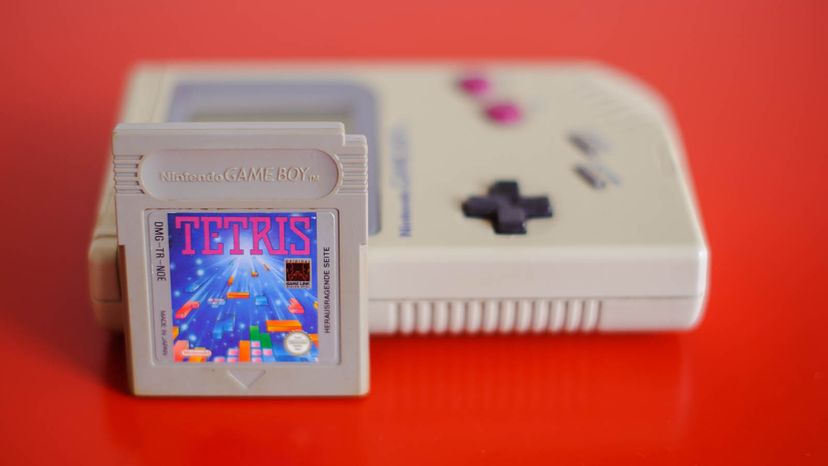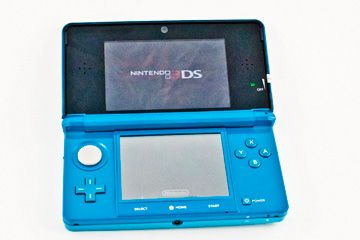
For almost four decades, through Cold War and detente, through the fall of the U.S.S.R. and the rise of globalism, through diplomatic freezes and thaws and years of touch-and-go Russian-American relations, people all over the world have remained mesmerized by a Soviet invention — a computer game, of all things — that somehow has both persevered and prospered.
By now, the game's ever-quickening trickle-down of four-block shapes is immediately identifiable to just about anyone who has ever signed on to a computer. When it was conceived in 1984 by a puzzle-happy programmer, though, Tetris was little more than an in-house diversion, designed to break up serious-minded,12-hour days at the Russian Academy of Sciences.
Advertisement
From that bit of Soviet-controlled software, Tetris has evolved into maybe the most famous computer game the world has ever seen. It's a seemingly simple electronic escape that is enjoyed in more than 200 countries on more than 50 separate platforms by millions of people playing billions of games every year. Tetris has been downloaded on mobile devices alone — mobile devices mostly didn't exist when creator Alexey Pajitnov unveiled the game to his co-workers in 1984 — more than 500 million times.
"Well," says Pajitnov, 64, who sees his game more along the lines of chess than Minecraft or Grand Theft Auto, "Tetris is a really good game. One of the best. That's not very modest of me. But that's the fact."

Advertisement


